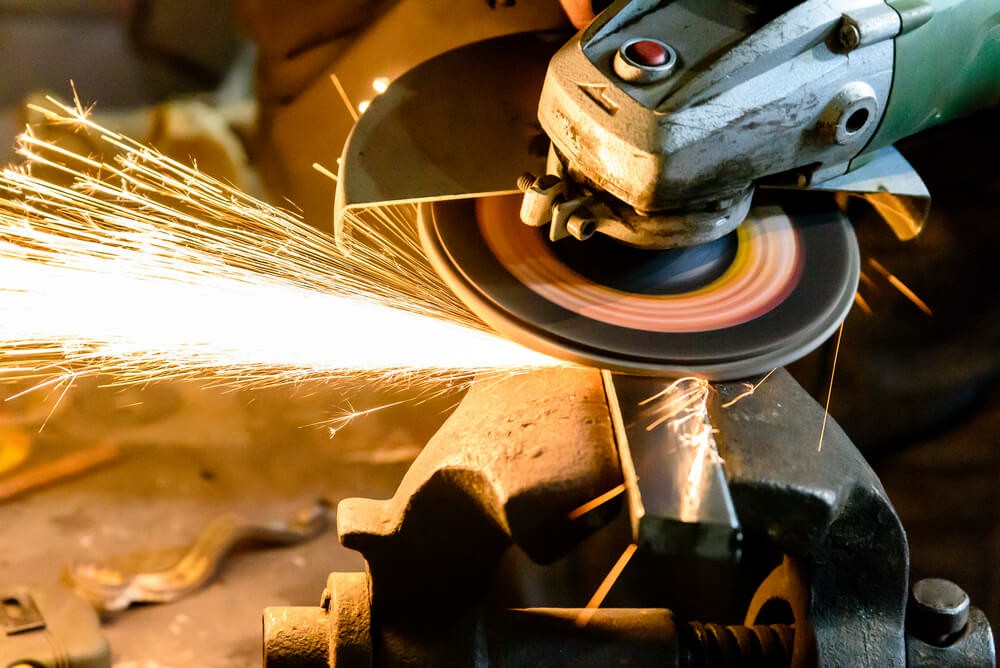The Hidden Dangers of Abrasive Wheels: Essential Training for Safety
Abrasive wheels are indispensable tools in many workplaces, yet they pose significant safety risks if not handled properly. Understanding these risks and the importance of thorough training can be life-saving for employees and businesses alike. In this post, we delve into the common hazards associated with abrasive wheels, the critical role of training in mitigating these dangers, and real-life examples of accidents that have been prevented through effective training programs.
Common Safety Risks of Abrasive Wheels
When it comes to abrasive wheels, various safety risks stand out:
- Wheel Breakage: The most significant risk when using abrasive wheels is accidental breakage. A broken wheel can shatter, sending dangerous fragments flying at high speeds, which can lead to serious injuries.
- Improper Mounting: If an abrasive wheel is not mounted correctly, it can result in imbalance and increased stress, leading to potential wheel failure.
- Incorrect Usage: Using the wrong type of abrasive wheel for the task at hand can put operators at risk. Each wheel is designed for specific materials and applications.
- Lack of Protective Equipment: Failing to use appropriate personal protective equipment (PPE) such as goggles, face shields, and gloves increases the risk of injuries significantly.
Importance of Proper Training for Abrasive Wheels
Proper training is critical in ensuring that employees are aware of the risks associated with abrasive wheels and how to manage them effectively. An Abrasive Wheels Course Online can provide participants with knowledge about:
- Identifying different types of abrasive wheels and their appropriate applications.
- Safe mounting and handling procedures to prevent accidents.
- The importance of PPE in reducing injury risk.
- What to do in emergency situations, including quick reporting and response strategies.
Real-Life Case Studies: Prevention Through Training
Training can prevent catastrophic accidents. Here are two notable examples from workplaces that reinforced safety through training:
- Case Study 1: A manufacturing plant in Dublin experienced a near-miss when an abrasive wheel fragmented during operation. The operator had not been properly taught to inspect the wheel before use. Following the incident, the company implemented a mandatory Abrasive Wheels Safety Course, drastically reducing similar occurrences in the following months.
- Case Study 2: In a Cork-based workshop, an employee sustained minor injuries due to lack of PPE while using an abrasive wheel. After undergoing an intensive training program, another employee was able to recognize the potential dangers of working without safety gear and avoided similar incidents.
Best Practices for Mitigating Risks
To ensure the safe operation of abrasive wheels, consider the following best practices:
- Conduct regular risk assessments to identify potential hazards associated with abrasive wheel usage.
- Ensure all employees receive proper training and obtain their Abrasive Wheels Certification Dublin.
- Implement strict inspection protocols for all abrasive wheels before use, checking for signs of damage or wear.
- Require the consistent use of PPE—ensure it is correctly worn at all times during operation.
- Establish and practice emergency response procedures, ensuring all staff know how to react during a malfunction or injury.
Conclusion: Take Action Now
Ensuring the safety of employees when using abrasive wheels should be a top priority for any business. By investing in comprehensive training programs, such as Abrasive Wheels Safety Course, companies can greatly mitigate risks, prevent accidents, and protect their workforce.
If you're ready to enhance your workplace safety practices or your employees need to be certified, contact us at [email protected]. Empower your team with the knowledge they need to work safely today!



 349,500 Offered Certificates
349,500 Offered Certificates
 24/7 Online Training
24/7 Online Training
 Money Back Guarantee
Money Back Guarantee
 Fully Accredited Courses
Fully Accredited Courses
